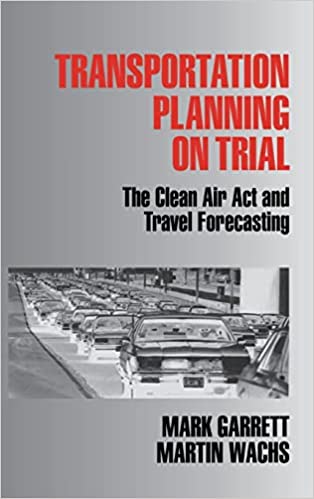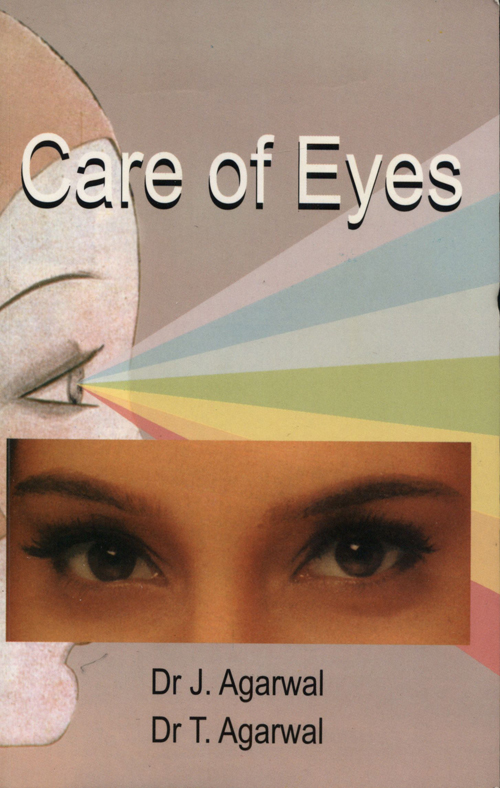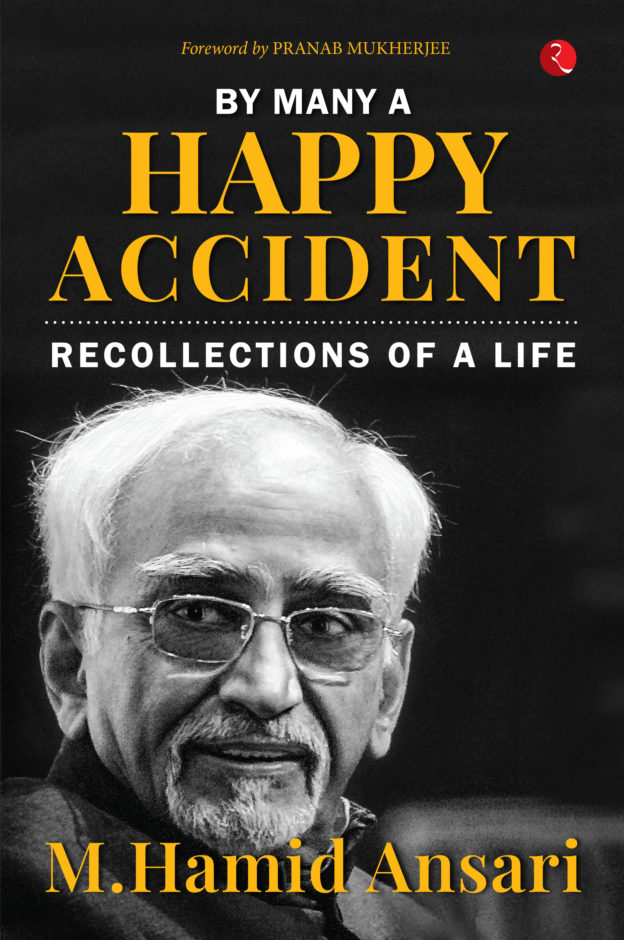Transportation Planning on Trial The Clean Air Act and Travel Forecasting
Availability :
In Stock
₹ 9,093.00
M.R.P.:₹ 9093
You
Save: ₹0.00 (0.00% OFF)
(Inclusive
of all taxes)
Delivery:
₹ 110.00 Delivery charge
Author:
Mark Garrett, Martin Wachs
Publisher:
SAGE Publications Inc
Edition:
1st Edition
ISBN-13:
9780803973527
Publishing Year:
May 1996
No. of Pages:
240
Weight:
540 grm
Language:
English
Book Binding:
Hardcover











